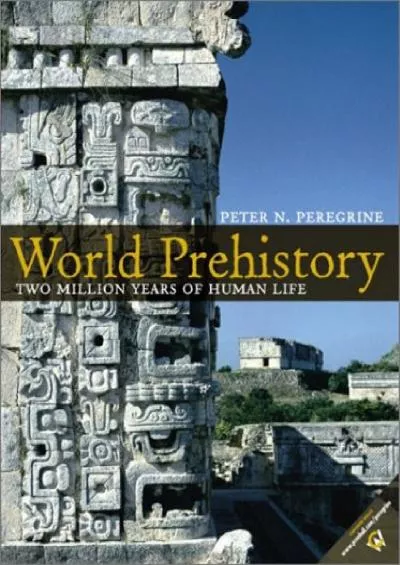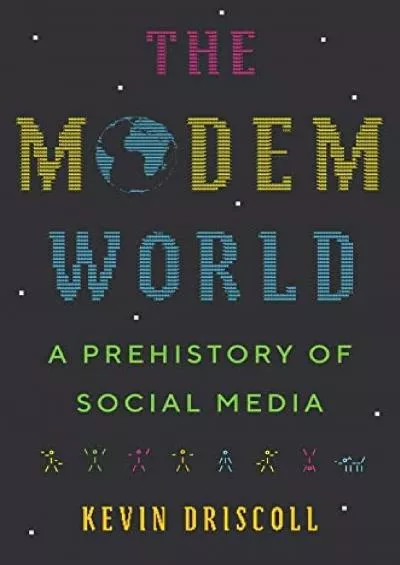PPT-The People of the World, Prehistory-2500 B.C.
Author : giovanna-bartolotta | Published Date : 2017-06-01
Unit 1 Human Origins in Africa Chapter 1 Section 1 Vocabulary I Culture Peoples unique way of life Paleolithic Age Stone Age use of tools Neolithic Age Age
Presentation Embed Code
Download Presentation
Download Presentation The PPT/PDF document "The People of the World, Prehistory-2500..." is the property of its rightful owner. Permission is granted to download and print the materials on this website for personal, non-commercial use only, and to display it on your personal computer provided you do not modify the materials and that you retain all copyright notices contained in the materials. By downloading content from our website, you accept the terms of this agreement.
The People of the World, Prehistory-2500 B.C.: Transcript
Download Rules Of Document
"The People of the World, Prehistory-2500 B.C."The content belongs to its owner. You may download and print it for personal use, without modification, and keep all copyright notices. By downloading, you agree to these terms.
Related Documents

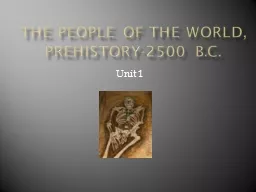
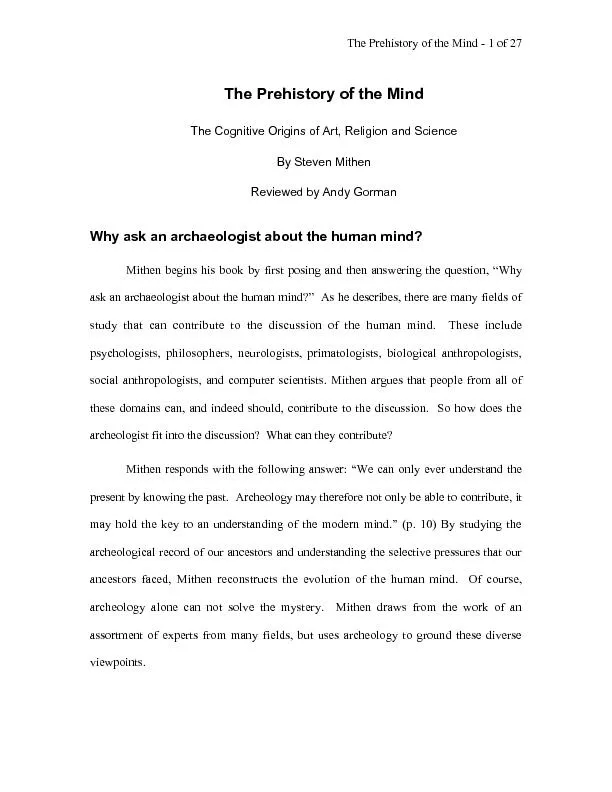
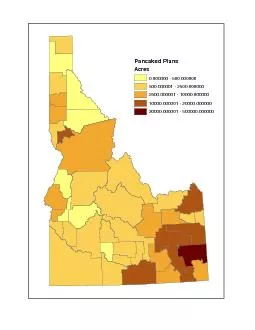
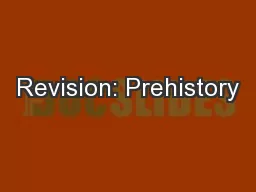
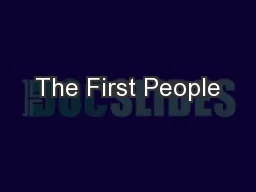
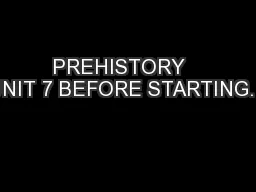
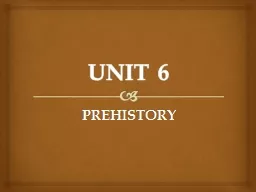

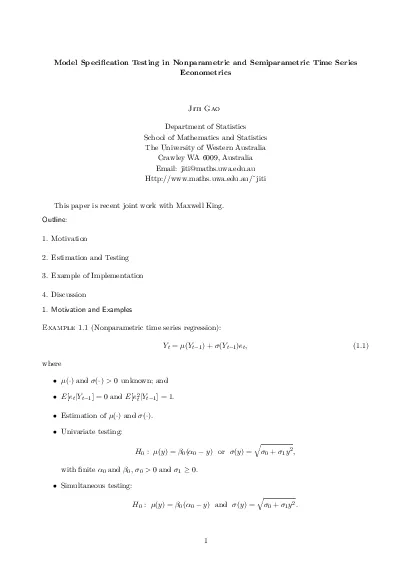
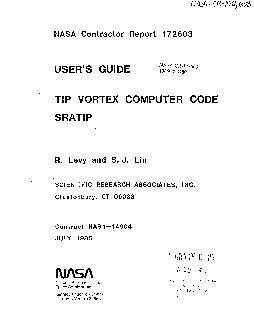
![[READ] - McGraw-Hill\'s 500 World History Questions, Volume 1: Prehistory to 1500: Ace](https://thumbs.docslides.com/903456/read-mcgraw-hill-s-500-world-history-questions-volume-1-prehistory-to-1500-ace-your-college-exams-mcgraw-hill-s-500-questions.jpg)
![[EPUB] - McGraw-Hill\'s 500 World History Questions, Volume 1: Prehistory to 1500: Ace](https://thumbs.docslides.com/905816/epub-mcgraw-hill-s-500-world-history-questions-volume-1-prehistory-to-1500-ace-your-college-exams-mcgraw-hill-s-500-questions.jpg)
